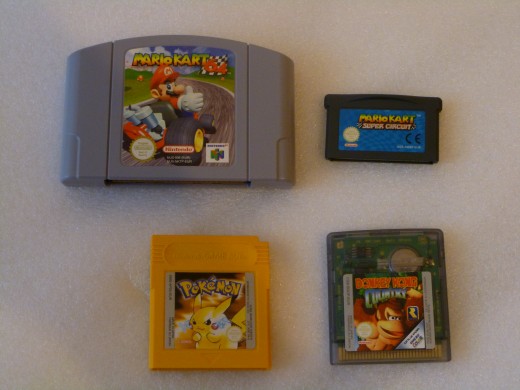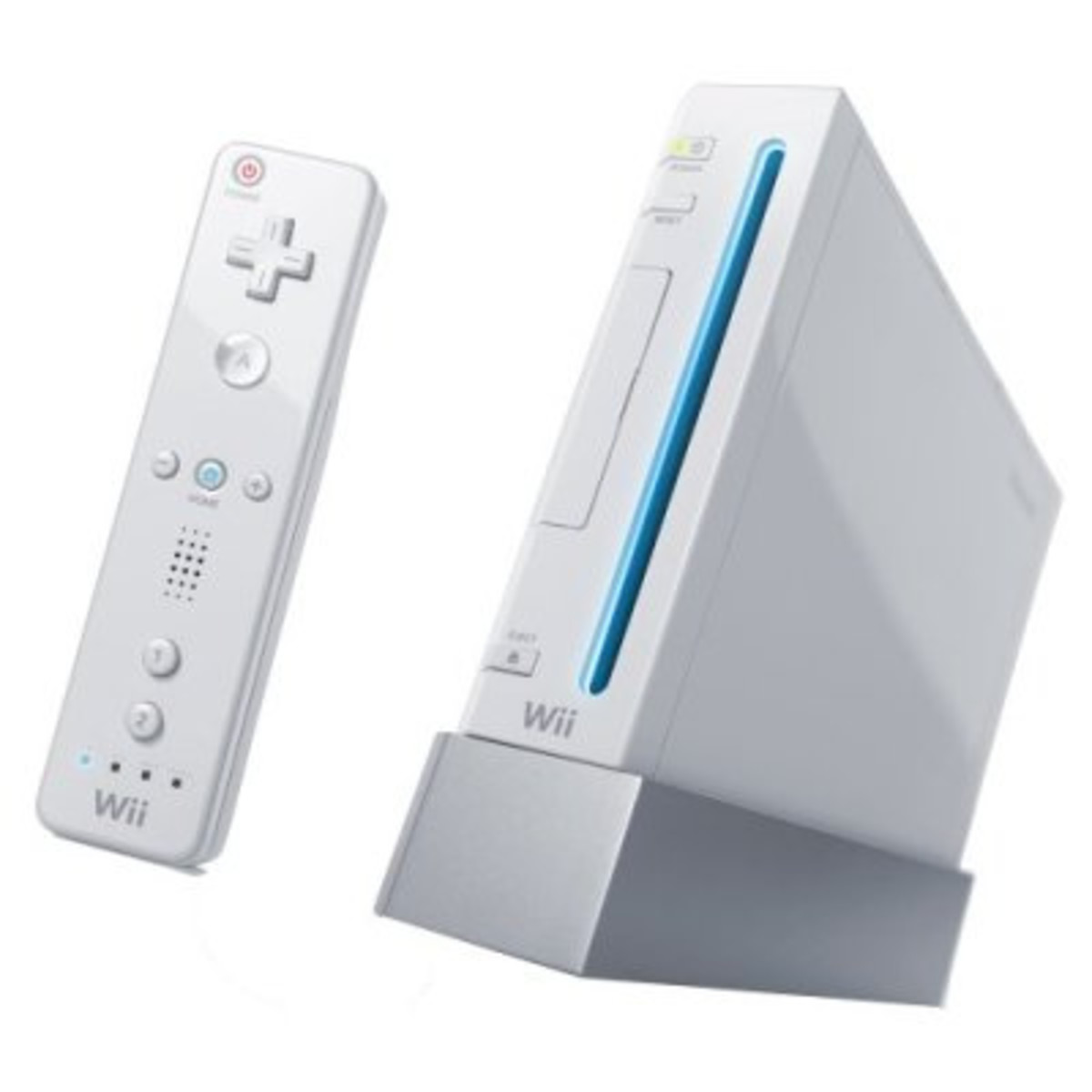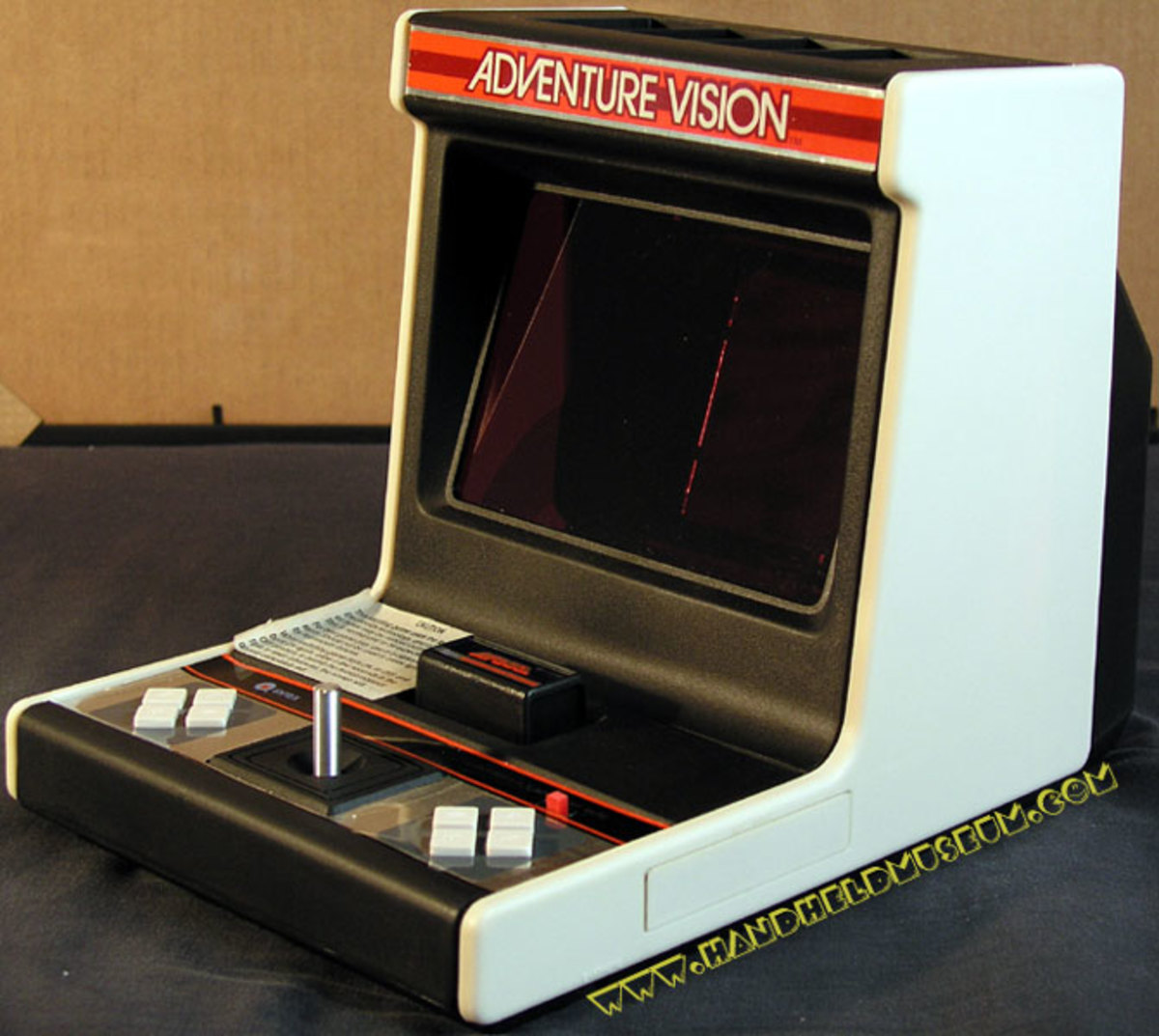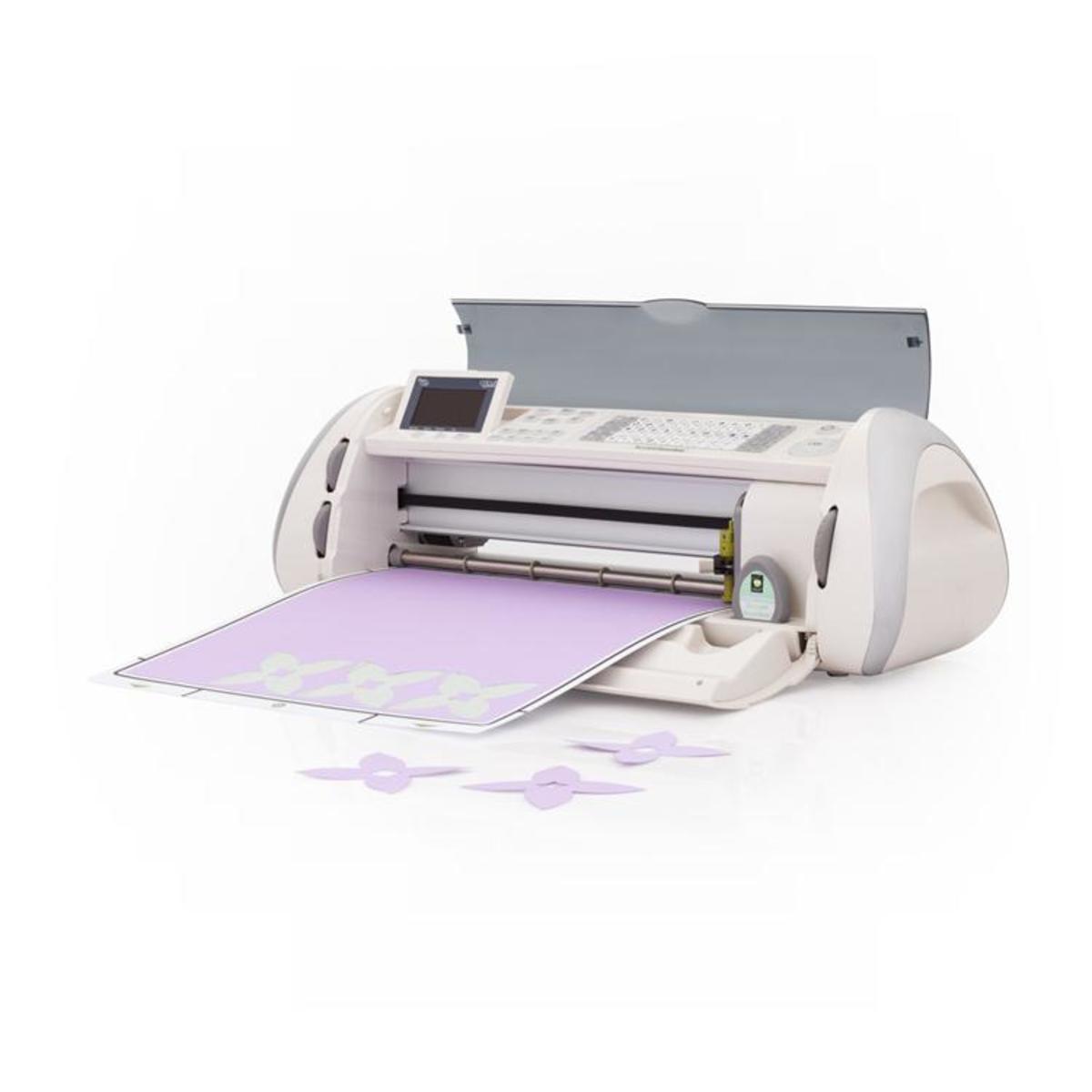Do you remember when video games came on cartridges?

In the second of my 'Do you remember' series, I'm going to be taking a look back at video game cartridges. For younger readers, long before the days of downloadable games and games on DVD and Blu-Ray discs, they came on cartridges instead.
There were numerous reasons for this, one being the fact that when games first became mainstream, it wasn't possible to mass produce CD's like they can be now for games. Cartridges had their pro's and con's, both of which I'll go through below:
Pro's:
One of the things with cartridges in the early days is that they could be easily made in mass numbers, so in the event that the game became a runaway success, it would be no problem to make new copies as quickly as possible.
Also, because the games were on cartridges, it was extremely difficult to copy the games, especially when computers weren't sophisticated enough to be able to copy the games. The benefit of this is that unlike games that were on tapes and floppy discs and was rife with piracy, cartridge game piracy used to be a relativity rare occurrence
Another factor that was a major factor in the use of cartridges for games was that because the data was being loaded off of a chip, the game would load right away, thus avoiding the loading screens that would be seen years later in Playstation and Sega Saturn games.
Moreover, since the game cartridges would normally be made by Nintendo etc after the game developers sent the code off to the console manufacturer it would allow them to add in a lock out code into the game. Nintendo were pioneers in this respect in that all their consoles had a lock out chip and they would program a code into the game which would 'speak' to the chip on the console. If the code wasn't recognised by the console, then the game wouldn't boot. The benefit of this is that unauthorized publishers couldn't make games for the system. Also, in the unlikely event that the game was copied, it would prevent it from being played on the system.
Con's:
Despite it being the media of choice for years for consoles and handheld games, since 1995, it was only Nintendo that would continue to use cartridge based media for games (until they halted production of Gameboy Advance games).
One of the biggest things for its downfall in use was that over times, the cost of producing game CD's and other optical media in years to come dramatically fell and became much cheaper than cartridges. Also, in the same respect, it became much quicker and easier to mass produce the CD's compared to cartridges.
Furthermore, as computers became more advanced and technology as a whole, it became easier to copy game cartridges that would be recognised by your system. Also, since games were getting much more expansive in terms of size, it became more difficult to get games onto a cartridge, a reason for which Sony and Sega choose to use CD's for the Playstation and Saturn respectively. However, bigger is not always better. Nintendo proved this be showing that even though they used cartridge based games on the Nintendo 64, there are numerous all time classics on the system, with the most note worthy being Ocarina of Time. However, these days with the immense size of games, all home consoles use optical media over cartridges.
Also, since games machines are becoming more powerful, the loading times for optical media became much shorter. Thus, the loading time problem from years ago is now a thing of the past, with there being much shorter loading times on games today.
I hope you've enjoyed having a look back at the days when games used to come on a cartridge. With sites such as Amazon, you can get many of these retro games very cheaply.








